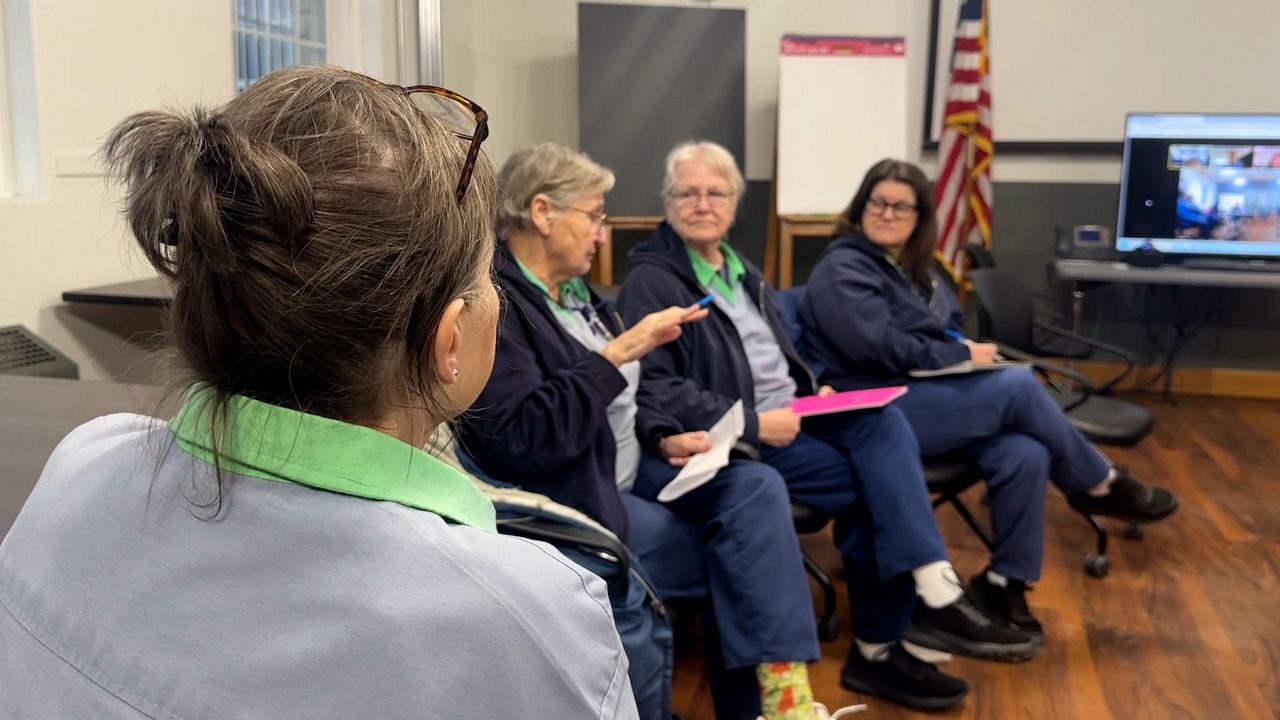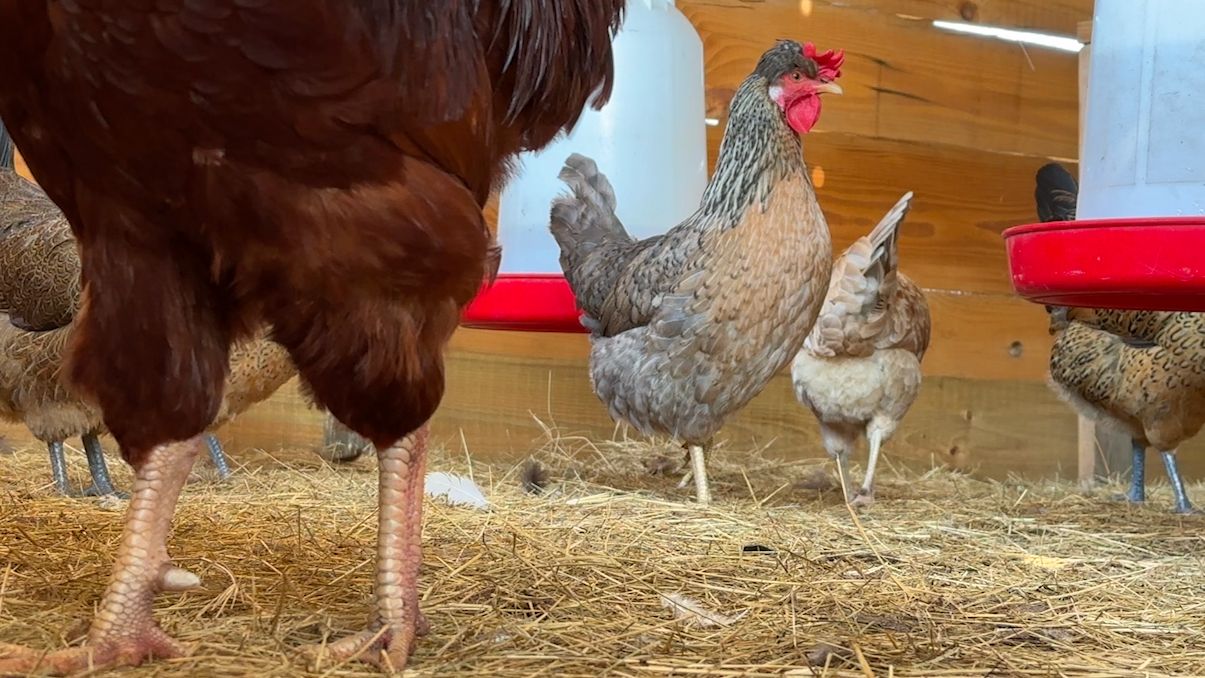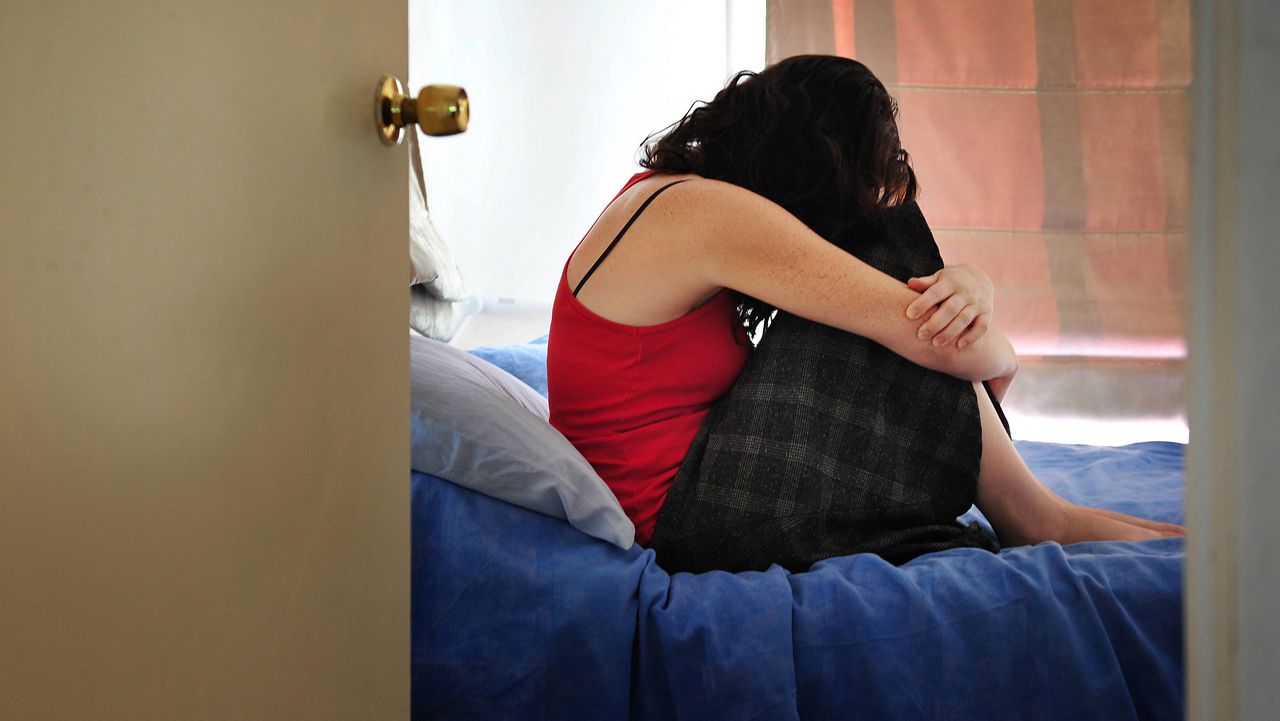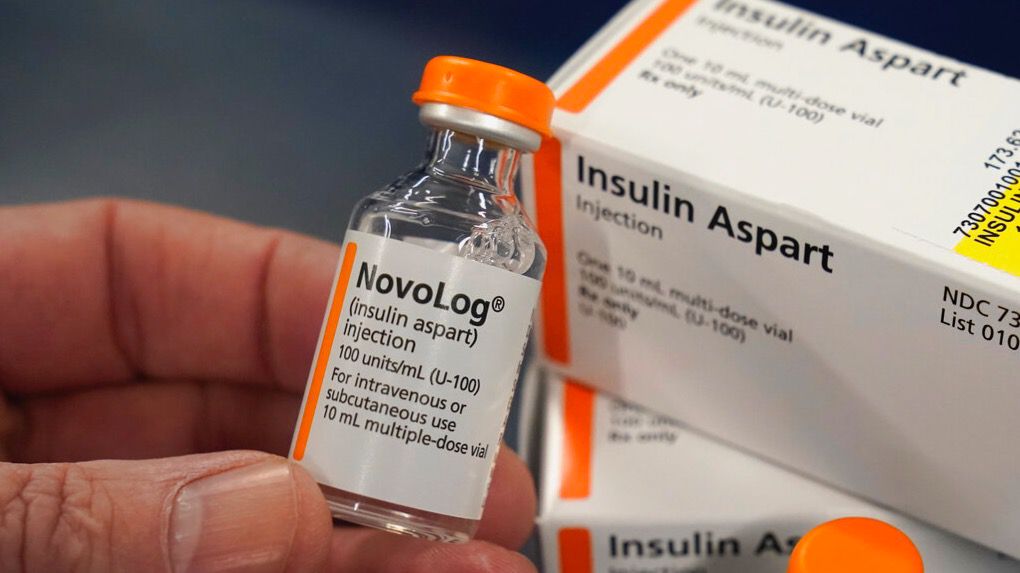COLUMBUS, Ohio — While the symptom of loss of smell has been strongly associated with COVID-19, it's also a symptom of sinus infections, head trauma and aging.
As some people tend to regain their sense of smell, many don't, and the Ohio State University College of Medicine is working to address the issue by designing non-invasive smell aids.
The smell aids work to improve the ability to smell in healthy people, and Ohio State said it's the first in the world to design such a product.
“For centuries, there have been innovations to help people see and hear better, but there haven’t been worthwhile methods that improve olfactory function or the ability to smell,” said Kai Zhao, professor in the Department of Otolaryngology – Head and Neck Cancer. “The smell aids our team developed hold the promise of becoming effective, over-the-counter therapies like eyeglasses and hearing aids.”
In a clinical trial, researchers tested two smell aid prototypes, which work to increase the flow of air to the tissue in the nasal cavity that is responsible for the sense of smell. The researchers explained a nasal foam plug helps redirect air and odor flow to that area of the nasal cavity. There's then a nasal clip that pinches a nasal valve area to help intensify nasal airflow — similar to what synchronized swimmers wear.
The trial consisted of 58 healthy people and 54 patients with smell deficits. Of the second group, 69% suffered from post-COVID symptoms. The rest had lost or had a distorted sense of smell due to head trauma, head and neck cancer and surgery or nasal polyps.
Smell tests were then conducted. In the healthy people group, participants had to squeeze and sniff two bottles after the other and then identify which contained the odor. The patients will smell deficits use the National Institutes of Health odor identification test, which had nine scratch and sniff odor ID cards. Patients scratched and sniffed them in random odor, and had to select the odor based on four multiple choices.
Both groups had to complete the test at baseline and while wearing the nasal clip and plug in counter-balanced order.
In the group of health participants, odor detective significantly improved with both prototypes in people with normal smell function, but not those who had a super sensitive sense of smell.
In the patients with smell loss, the odor ID score improved after using both smell aids, especially in the non-COVID group.
“These patients can detect and correctly identify on average one more odor, after wearing the smell aids," Zhao said. “For COVID long haulers, only the nasal plug remains effective.”
Researchers said future work will focus on refining the design and improving the effectiveness of smell aids.










